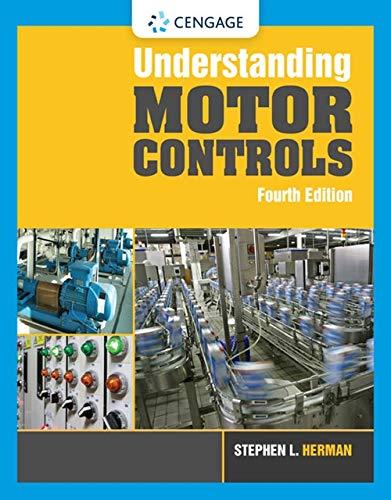
Concept explainers
(a)
The concentration of majority carriers.
(a)
Answer to Problem 76AAP
The concentration of majority carriers is
Explanation of Solution
Write the expression to calculate the concentration of majority charge carriers in a p-type semiconductor.
Here, the concentration of majority carriers is
Conclusion:
Refer to the Figure-14.26 (“The effect of total ionized impurity concentration on the mobility of charge carriers in silicon at room temperature.”) to obtain the value of hole mobility as
Substitute
Thus, the concentration of majority carriers is
(b)
The ratio of boron to silicon atoms.
(b)
Answer to Problem 76AAP
Thus the ratio of boron to silicon atoms is
Explanation of Solution
Write the expression to calculate silicon atoms.
Here, the number of silicon atoms is
Write the expression for ratio boron to the silicon atoms.
Here, the number of arsenic atoms is
Conclusion:
Substitute
Substitute
Thus the ratio of boron to silicon atoms is
Want to see more full solutions like this?
Chapter 14 Solutions
Foundations of Materials Science and Engineering
- When some ionic compounds dissolve, like polyatomic sodium nitrate, not all of their bonds dissociate. What kind of conductivity would you expect such a solution to have? Explain. CLEAR PHOTO!!arrow_forwardAn atom in a state with l = 1 emits a photon with wavelength 600.000 nm as it decays to a state with l = 0. If the atom is placed in a magnetic field with magnitude B = 2.00 T, what are the shifts in the energy levels and in the wavelength that result from the interaction between the atom’s orbital magnetic moment and the magnetic field?arrow_forwardAt what speed must a proton travel in order to have the same de Broglie wavelength as an electron moving at 5 x 106 m/s?arrow_forward
- a )Calculate the interplanar spacing d(111)of the (111) planes in nickel with a = 0.3524 nm. What family of planes in nickel has an interplanar spacing of 0.1246 nm? b)Explain the difference between (200) planes and (100) planearrow_forwardCalculate the packing fractions of (a) a primitive cubic lattice (b) a bcc unit cell and (c) an fcc unit cell.arrow_forwardWhich of the following have the same periodicity as the crystal lattice: a) electron wave function, b) electron distribution probability, c) lattice potentialarrow_forward
- Gold has the Face-Centered Cubic (FCC) crystal structure. The edge length is a = 0.408 nm. What is the linear density in atoms/nm along direction [110]? Select one: a. 3.125 b. 5.66 c. 7.48 d. 4.00 e. 3.47arrow_forwardif Planck's constant were smaller than it is, would quantum phenomena be more or less conspicuous than they are now?arrow_forwardBulk resistivity of NbN , TiN, TaN, ZrN, and VN with references ?arrow_forward
- Consider the Bragg equation in the x-ray diffraction. If the value of the wavelength is doubled, which of the following is NOT truearrow_forward142) What property does a bonded material with an electron cloud not exhibit?a) Conductivityb) Heat conductionc) Toughnessd) Ductilitye) An opaque appearance 143) Which have equal and oppositely charged forces?A) DipoleB) metalC) van der waalsD) hydrogenE) london 144) What is Frenkel error?A) atomic vacuumB) displaced ionC) intermediate atomD) ion pair spacingE) sliparrow_forwardin an FCC crystal Cu (111)[110] is a favorite system true or false explainarrow_forward
 Understanding Motor ControlsMechanical EngineeringISBN:9781337798686Author:Stephen L. HermanPublisher:Delmar Cengage Learning
Understanding Motor ControlsMechanical EngineeringISBN:9781337798686Author:Stephen L. HermanPublisher:Delmar Cengage Learning
